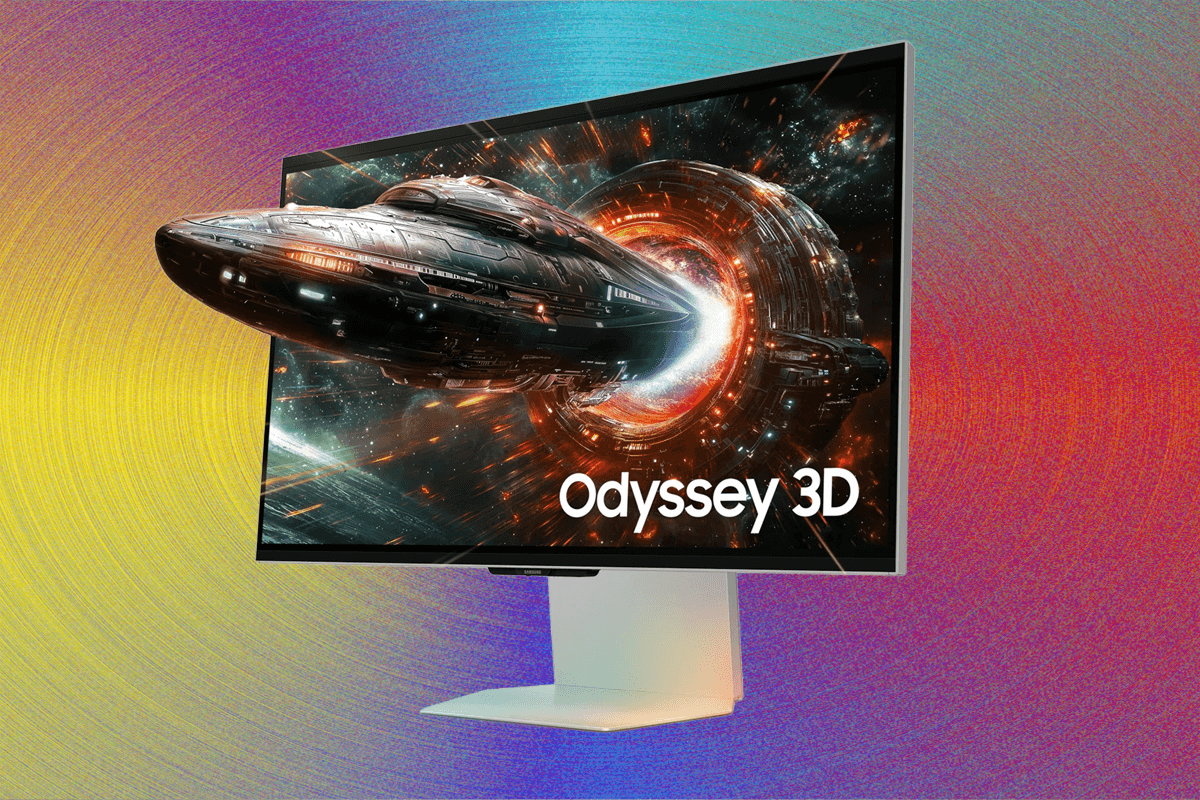Why The Browser Company is Shifting Focus from Arc to Dia
The landscape of internet browsing is constantly evolving. For a time, the Arc browser offered a distinct vision, challenging conventional design with its unique interface and feature set. Developed by The Browser Company, Arc garnered a dedicated user base who appreciated its innovative approach. However, a significant shift is underway within the company. They are redirecting their primary development efforts away from building new features for Arc and focusing instead on their new AI-centric browser, Dia. This strategic pivot marks a crucial moment for The Browser Company, rooted in specific reasons related to Arc’s design, market fit, and the burgeoning potential of artificial intelligence.
The decision to cease development on Arc, while maintaining its availability and core functionality, stems from a clear evaluation of its trajectory and the company’s future goals. Arc was envisioned as a radical departure from traditional browsers, seeking to redefine how people interact with the web. Its vertical tabs, spaces, and integrated notes and easel features were designed to create a more organized and creative browsing experience. This unique approach, while appealing to some, also presented inherent challenges in achieving widespread adoption.
Ultimately, the company concluded that Arc, as it exists today, was fundamentally too different and perhaps too complex for mainstream users. The goal was to build a browser for everyone, but Arc’s distinctive paradigm created a barrier to entry for many. This realization, coupled with performance challenges, became a driving force behind the strategic shift towards a new product better positioned for broader appeal and future technological integration, particularly concerning artificial intelligence.
The Strategic Pivot: From Arc’s Innovation to Dia’s AI Focus
The Browser Company is now channeling its energy into Dia, a new browser concept centered around artificial intelligence. This move is not a sudden impulse but rather a deliberate strategic decision aimed at aligning the company with what it perceives as the next major wave in internet interaction: AI agents. These intelligent systems are designed to perform tasks autonomously on behalf of the user, fundamentally changing the browsing experience from passive consumption to active delegation.
The CEO of The Browser Company has openly discussed the reasons behind this shift, outlining several key factors. The core issues identified with Arc include:
- Complexity: Arc’s unique features and interface, while powerful for some, proved too complex for a significant portion of potential users to readily adopt or fully utilize. The vision of a browser for everyone was hampered by its inherent difference.
- Performance and Stability: Despite continuous efforts, Arc sometimes suffered from issues related to speed and stability. These technical hurdles detracted from the user experience and presented ongoing development challenges.
- Market Fit vs. AI Ambition: The company’s ambition is increasingly focused on the potential of AI to transform browsing. Arc, with its existing architecture and design philosophy, was deemed less suitable as the foundational platform for this AI-centric future compared to building a new product from the ground up.
These factors collectively led to the difficult decision to prioritize Dia’s development. While Arc successfully demonstrated The Browser Company’s innovative capabilities and built a loyal community, the path to mass market adoption and seamless AI integration appeared clearer through a new, purpose-built platform. The company’s leadership believes that Dia is better positioned to capture the opportunities presented by artificial intelligence and deliver a more universally accessible and performant browsing experience centered around these new capabilities.
The question naturally arises: why not simply incorporate the AI features planned for Dia directly into Arc? While a seemingly logical approach, the company determined that the foundational differences between Arc and their vision for an AI-native browser were too significant. Arc’s unique architecture, while enabling its innovative features, also presented challenges for deeply integrating the kind of AI agents they envision. Building a new product allows for a fresh start, free from the constraints and complexities inherent in Arc’s existing design, enabling a more seamless and powerful AI experience from the ground up.
Fortifying Security in an AI-Driven World
A crucial aspect underpinning the strategic shift towards AI-centric browsing is the paramount importance of security. As browsers become more intelligent and capable of performing tasks autonomously through AI agents, the potential attack surface increases. The Browser Company recognizes that a future where AI agents are deeply integrated into the browsing experience necessitates a robust and proactive security posture.
The company has already experienced security challenges in the past. For example, a vulnerability was discovered last year related to Arc’s Boosts feature, which allowed attackers to potentially inject malicious code into a user’s browsing session simply by knowing their user ID. While this specific issue was quickly addressed and patched, it highlighted the critical need for continuous vigilance and investment in security infrastructure.
In response to the evolving threat landscape and in anticipation of the complexities introduced by AI agents, The Browser Company has significantly expanded its security engineering team. This team has grown from a single individual to five dedicated professionals. This expansion is a clear indicator of the company’s commitment to making security a core pillar of its development, particularly as they venture into the uncharted territory of AI-powered browsing with Dia.
The increased focus on security is directly tied to the development of Dia. AI agents operating within a browser environment could potentially handle sensitive user data and perform complex actions. Ensuring the integrity, privacy, and security of these interactions is non-negotiable. The expanded security team is tasked with building and maintaining the secure foundation upon which Dia and its AI capabilities will operate, aiming to protect users from emerging threats in the AI era.
While the primary focus of this expanded team is on the future with Dia, the question remains pertinent: is this enhanced security expertise also being applied to strengthen the existing Arc browser? Given that Arc shares some underlying infrastructure with Dia, any security improvements to the core platform would presumably benefit both products. However, the company’s public statements emphasize the forward-looking nature of this security investment, primarily positioning it in the context of the AI agent future represented by Dia.
The Future State for Arc Users
Despite the cessation of feature development, The Browser Company is clear that the Arc browser is not being shut down or abandoned entirely. For existing users, this means the browser will continue to function and receive essential maintenance.
Here’s what current Arc users can expect:
- Continued Availability: The Arc browser will remain available for download and use.
- Security Updates: Critical security vulnerabilities will be patched to protect users from threats.
- Bug Fixes: Important bugs impacting the browser’s core functionality and stability will be addressed.
- Chromium Base Updates: As the underlying Chromium project, on which Arc is built, receives updates, Arc will be tweaked and updated accordingly to ensure compatibility and incorporate foundational improvements.
However, it is crucial to understand that “stopping development” means exactly that: there will be no new features, no major redesigns, and no significant changes to Arc’s core user experience. The focus is solely on maintenance to keep the browser functional and secure based on its existing feature set.
Regarding the long-term future of Arc beyond maintenance, some users might hope for the browser to be open-sourced or sold to another entity that could continue its development. The Browser Company has addressed these possibilities directly. At this time, they have no plans to open-source or sell Arc.
The reasoning behind this decision lies in Arc’s technical foundation. While it utilizes the open-source Chromium project, Arc is also built upon a significant amount of custom, proprietary infrastructure developed by The Browser Company. This infrastructure is not isolated to Arc; it also forms a crucial part of the foundation for their new Dia browser. Opening up or selling Arc in its current state would involve exposing or transferring this shared infrastructure, which the company believes would put their team and shareholders at risk, presumably by compromising the competitive advantage or security of their future products like Dia.
The CEO has indicated that the company would like to open the browser up someday. However, this possibility is contingent on a future state where doing so would no longer pose a risk to the company or its ongoing projects. This suggests that such a move would only be considered once Dia is well-established, or perhaps if the shared infrastructure components can be decoupled or made less critical to the company’s core operations. For the foreseeable future, however, Arc will remain a proprietary product under maintenance mode.
The transition for The Browser Company represents a bold pivot towards an AI-driven future. It acknowledges the challenges faced by Arc in achieving widespread adoption due to its distinct nature and performance issues, while simultaneously positioning the company to capitalize on the emerging potential of AI in browsing. While feature development for Arc is concluding, the browser will persist, receiving essential updates to ensure its continued functionality and security for its existing user base. The focus is now squarely on building Dia, a browser designed from the ground up to integrate seamlessly with artificial intelligence and redefine the browsing experience for the next era of the internet.









Comments